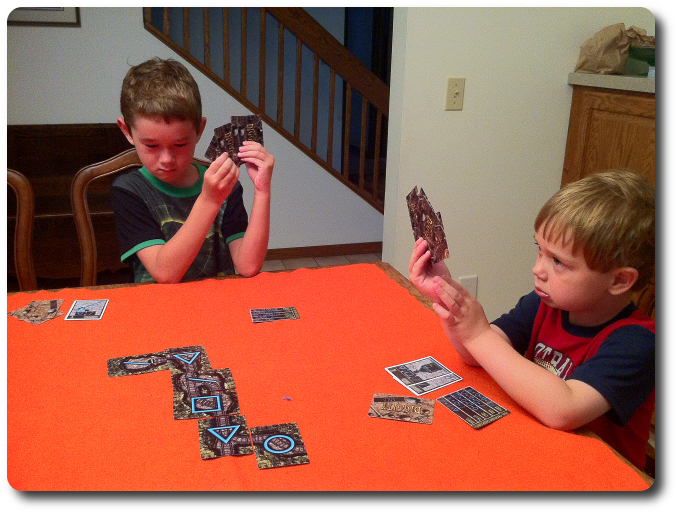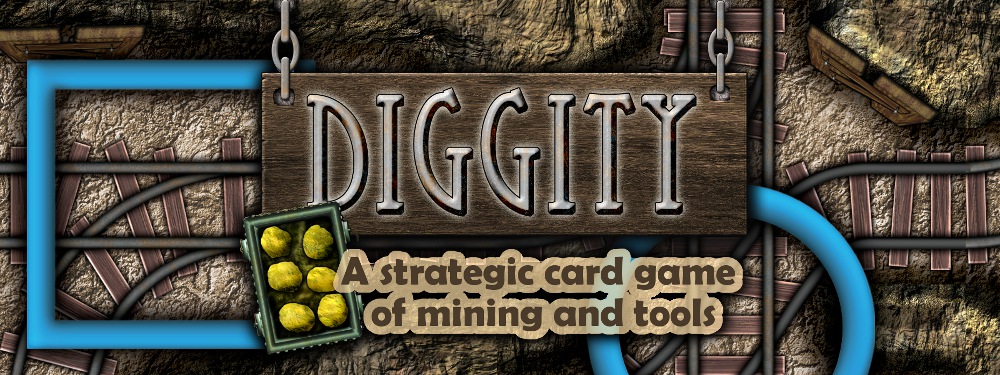 Via Tom Vasel at GameSalute, Gary Ray at Black Diamond Games has put up a pair of posts (here and here), where he says he's not going to support Kickstarter projects for his retail game store any more. He says they just don't sell, at all, so that seems like a reasonable business proposition.
Via Tom Vasel at GameSalute, Gary Ray at Black Diamond Games has put up a pair of posts (here and here), where he says he's not going to support Kickstarter projects for his retail game store any more. He says they just don't sell, at all, so that seems like a reasonable business proposition.It's also a different criticism than Kickstarter game projects usually face. Normally, the knock on them is that they are incompletely tested and of lower average quality than traditionally published "mainstream" games. In this case, Ray suggests the problem is that Kickstarter just works too well. Everybody who would buy a small indie game has done so already on Kickstarter, and often has received special funder awards and bonuses. Nobody goes looking to a game store for such a project.
I think there's a distinction between true indie projects, that is, one-off titles where the creator funds just one game through Kickstarter, compared to companies that use Kickstarter to generate interest and funds for new projects (e.g. Tasty Minstrel and GameSalute). My guess is that companies still have pretty significant testing and development filters in place, and their games are likely to be (on average) of higher quality than the one-offs. However, Ray's point is that it just doesn't matter - because neither of them sell - and his stated policy is now that he won't stock any game that says "KickStarter" on the box.
That's an interesting policy, for a couple of reasons:
- It seems like a broad stereotype; some Kickstarter games can and do have broad appeal, and probably do sell to markets beyond the Kickstarter/game enthusiast audience. But I've done enough work in my shareware business and with large organizations to know that sometimes you need a general rule because the simplicity far outweighs the marginal benefit of making exceptions. That might be the case here, and Ray is in a better position to know it than I am.
- It sounds like it would be pretty dumb to put "Kickstarter" anywhere on a box. That really rings true for me. Anybody who funded your game on Kickstarter already knows it was funded there, and for anybody who doesn't, it's either neutral or negative. In Ray's case, it's negative because he won't buy it. In other peoples' cases, it's negative because there's a perception, right or wrong, that Kickstarter games are inferior to traditionally-published games. So, there's no upside to indicating that on the packaging. Unless maybe the fact that your game made it through a successful campaign some how says it's quality? I doubt that influences many people.
So, is leaving it off dishonest? Not really. People who read reviews and do their legwork (and this probably includes most store owners like Ray) will know that it's a Kickstarter game, but they'll also likely know whether it's a good game or a good fit to their tastes. Casual browsers will buy it or not for the same reasons they do all other games - does the art look good? Is the box copy convincing? Does it look cool? So, I think leaving off the Kickstarter is probably just good business sense.
Also, other companies don't tell you the source of their funding, which could be more cockamamie than Kickstarter. I've seen published games that totally suck that seem to be entirely self-funded, and they don't have that on the label.
Interesting stuff to ponder, anyway - the game market does seem to be splitting between the traditional route (which is growing and expanding on its own) and the Kickstarter route (which is growing and expanding tremendously). I'm not sure where game stores fit in, but I know I love going to them, and I'll often buy something. I'd hate to lose that in a sea of Kickstarter projects, even though I've bought and enjoyed several Kickstarter games already.



































